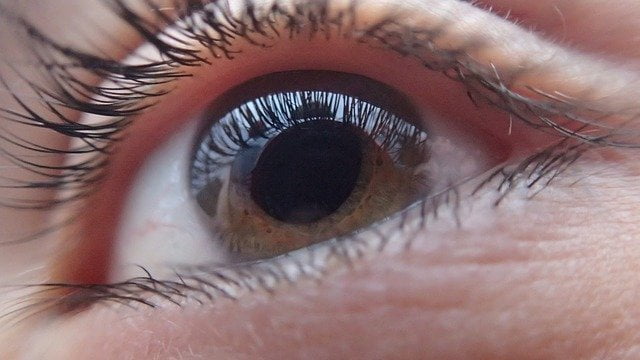Sight thief (glaucoma) glaucoma and how it affects eyesight

Sight thief (glaucoma) glaucoma and how it affects eyesight
What is glaucoma or glaucoma eye?
Glaucoma, known as the silent thief of sight, is known in many countries as the most feared health problem for patients after cancer and heart attacks. Glaucoma also causes permanent vision loss when not diagnosed early or when not treated early, and is often without prior symptoms.
Therefore, regular and routine eye examinations are of great importance to avoid vision loss. To learn more about the risks of glaucoma on vision in this article.
Risk factors for developing glaucoma:
People with a family history of glaucoma are at 10 times the risk of developing glaucoma than the average person. It may have some other diseases and the use of medications, and eye trauma and high eye pressure all increase the risk of developing glaucoma.
The most important risk factors:
1- A family history of glaucoma:
Also, people with a family history of glaucoma are 10 times more likely than normal people.
2- Age:
People aged 35-40 years or over 60 years old. They are predisposed to glaucoma.
3- Diabetics:
Diabetics are more likely to develop glaucoma.
4 – patients with high pressure.
5- Myopia.
Symptoms of glaucoma:
At first, glaucoma does not have typical symptoms. When the disease reaches a very advanced stage, central vision is severely affected. Then suddenly patients may realize that they cannot see the things that are next to them. Some patients may also say that their vision has become more blurry. In rare symptoms, glaucoma can cause a rash, pain in the eyes, severe headache, and colored hills around the lights.
What are the ways to avoid glaucoma?
- Non-smoking .
- Avoid high cholesterol.
- Avoiding high blood pressure reduces the risk of developing glaucoma.
- Thyroid diseases, vasculitis, neurological factors, and some uncontrolled medications also increase intraocular pressure and thus increase the risk of developing glaucoma.
- Consuming caffeinated drinks and drinking a lot of fluids in a short period leads to an increase in eye pressure and thus to glaucoma.
High intraocular pressure does not always indicate glaucoma. The normal pressure in the eye is from 10 to 21 mm Hg. Not everyone with intraocular pressure above 21 has glaucoma. But it may be a predisposing factor, especially when there is damage to the optic nerve. But it is necessary to do a periodic examination, and if the eye pressure is high, it must be treated and not neglected after we know the risks of glaucoma on vision.



